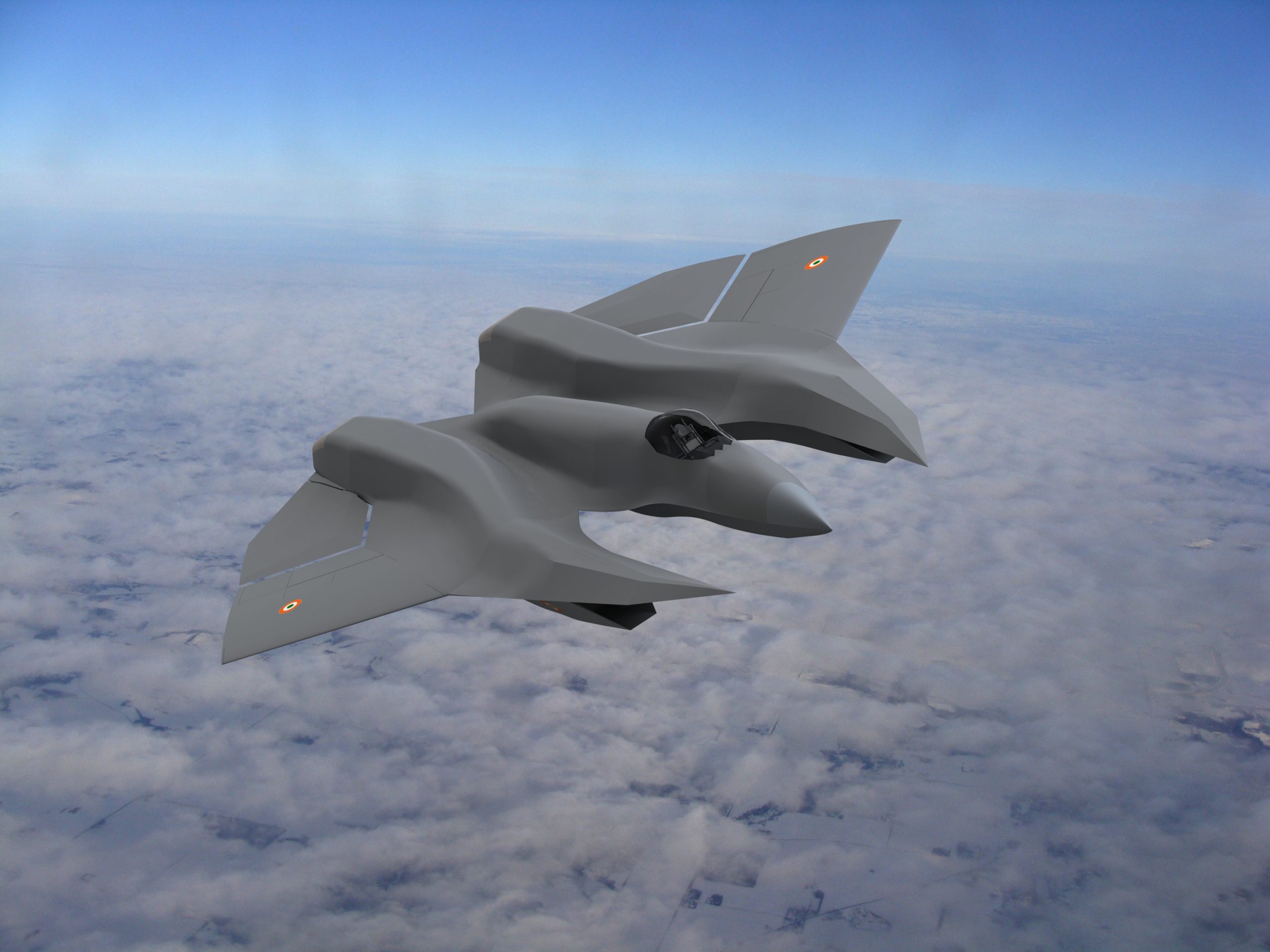SOURCE: IDRW.ORG


Chris Beskar, CEO and Chief Designer of Minnesota-based Stavatti Aerospace, is making waves with an audacious proposal: offering India the SM-39 Razor, a next-generation air dominance fighter and fighter-bomber that promises cutting-edge performance at a fraction of the cost of established competitors. Stavatti, a privately-held aviation company that has yet to produce a single aircraft, claims the SM-39 could revolutionize the warplane market—with a program cost of $3.3 billion and a unit price of $85 million. Beskar has pitched the jet not only to the U.S. Air Force (USAF) but also to multiple nations, with India emerging as a potential customer amid its ongoing quest for advanced fighter jets.
The SM-39 Razor is billed as a sixth-generation platform, blending air dominance, interception, and all-weather strike capabilities. Stavatti envisions two engine options: either dual NeoThrust™ E1400-SE-520 variable cycle afterburning turbofans, each delivering 52,434 lbs of static thrust with magnetohydrodynamic (MHD) energy bypass, or dual GEAE ACE turbofans, each producing 50,000 lbs of thrust. These powerplants promise Mach 4+ speeds, stealth features, and advanced AI integration—specifications that, if realized, would place the Razor among the world’s most formidable fighters. Yet, the company’s lack of a production track record casts a long shadow over these ambitious claims.
Stavatti first burst onto the scene nearly a decade ago, earning a reputation as an aviation provocateur. Its glossy renderings of futuristic aircraft—like the SM-39 Razor, the Javelin trainer, and the Machete attack plane—captivated enthusiasts but amounted to little more than “vaporware,” a term for hyped-up products that never materialize. Beskar, a persistent visionary, has kept Stavatti alive despite its inability to transition from concept to reality. The company’s most tangible asset is the Javelin, a 1990s-era design acquired from the bankrupt Aviation Technology Group (ATG) in 2008. A prototype flew briefly in 2005, but production never followed. The Machete, meanwhile, remains a paper plane.
Skepticism abounds. Stavatti’s lack of manufacturing experience raises doubts about its ability to deliver a functional sixth-generation fighter. The SM-39’s specs—Mach 4+ capability, variable cycle engines, and AI-driven systems—sound impressive, but without a prototype or proven production line, they remain theoretical. The NeoThrust engines, a Stavatti-branded innovation, lack public validation, while the GEAE ACE option hinges on a partnership with General Electric, which has not been confirmed.
NOTE : Article cannot be reproduced without written permission of idrw.org in any form even for YouTube Videos to avoid Copy right strikes. Websites doing illegal reproductions will get DMCA and Legal Notices.